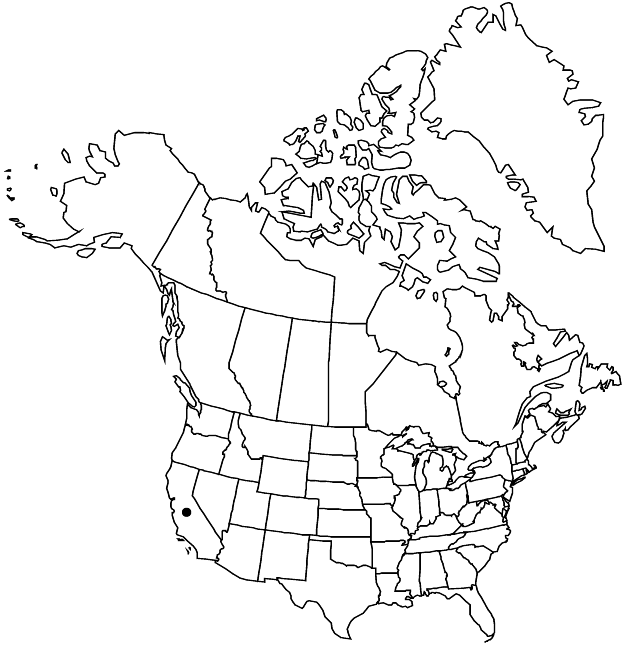Difference between revisions of "Eriogonum hirtellum"
Leafl. W. Bot. 9: 174. 1961.
FNA>Volume Importer |
FNA>Volume Importer |
Revision as of 22:37, 16 December 2019
Herbs, spreading, 1–3.5 × 2–4(–6) dm, hirtellous to glabrescent. Stems: caudex spreading; aerial flowering stems erect, slender, solid, not fistulose, arising at nodes of caudex branches and at distal nodes of short, non-flowering aerial branches, 0.8–2.5(–3) dm, essentially glabrous. Leaves basal, occasionally in rosettes; petiole 0.3–4 cm, hirtellous; blade broadly oblanceolate to elliptic or ovate, 0.5–2(–2.5) × 0.3–0.8(–1.2) cm, hirtellous to glabrescent, margins plane, entire. Inflorescences subcapitate, (1.5–)2–5 cm wide; branches subglabrous; bracts 5, semileaflike, 0.2–0.5 × 0.1–0.2 cm, absent immediately below involucre. Involucres 1 per node (often appearing clustered), narrowly turbinate, 5–6 × 2–3 mm, hirtellous; teeth 5–6, erect, 0.8–1 mm. Flowers 3–3.5(–4) mm, including 0.1–0.2 mm stipelike base; perianth bright yellow, sparsely white-pilose abaxially; tepals dimorphic, those of outer whorl spatulate, 2.5–3 mm wide, those of inner whorl oblanceolate, 1 mm wide; stamens exserted, 3–5 mm; filaments pilose proximally. Achenes light brown, 3–3.5 mm, glabrous except for pubescent beak.
Phenology: Flowering Jul–Sep.
Habitat: Serpentine slopes and outcrops, oak and conifer woodlands
Elevation: (1100-)1300-1700(-2000) m
Discussion
Of conservation concern.
Eriogonum hirtellum is known only from a few scattered locations in the Klamath Mountains of Siskiyou County and just over the boundary in Del Norte County. It is considered to be “sensitive” by the Bureau of Land Management.
Selected References
None.
